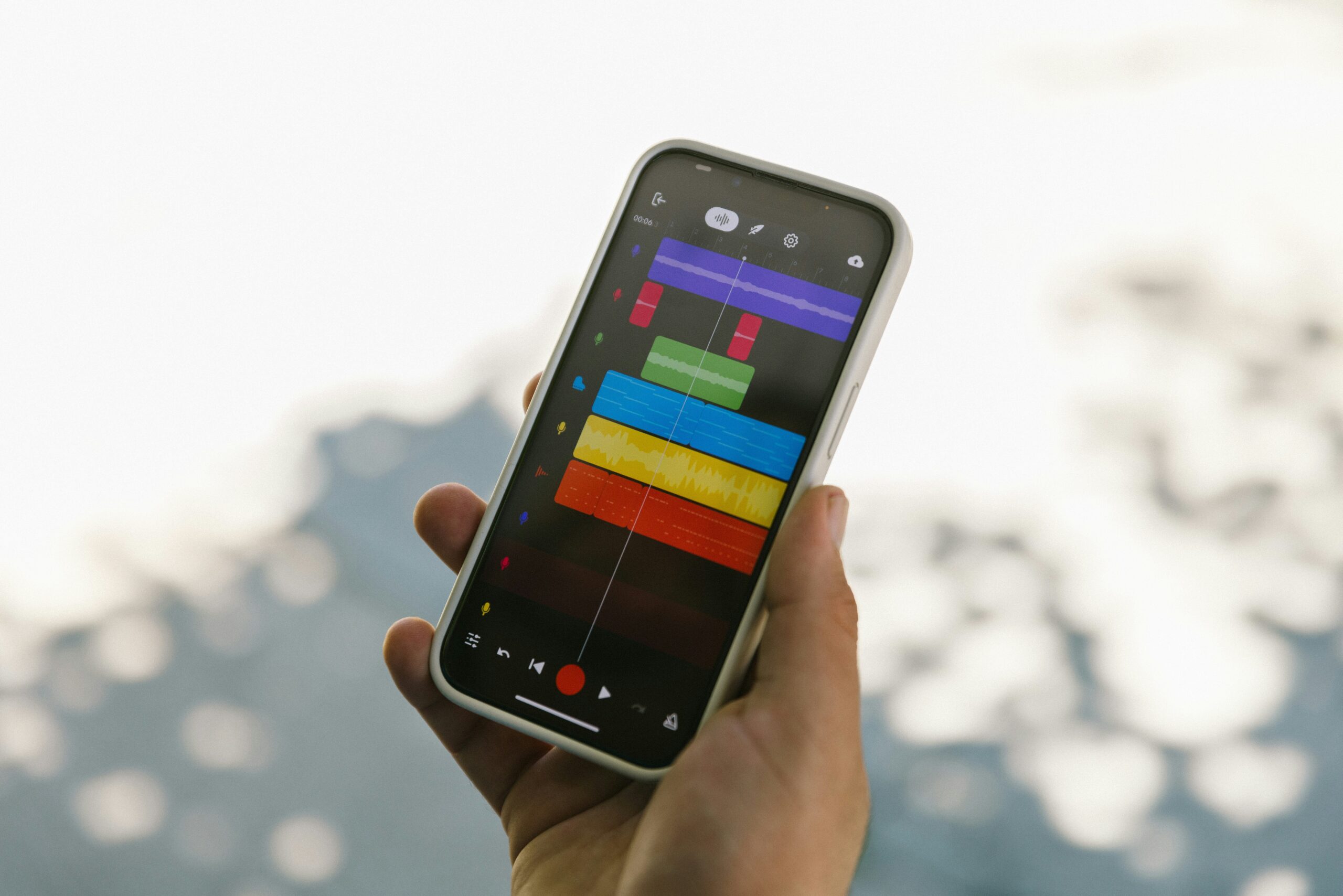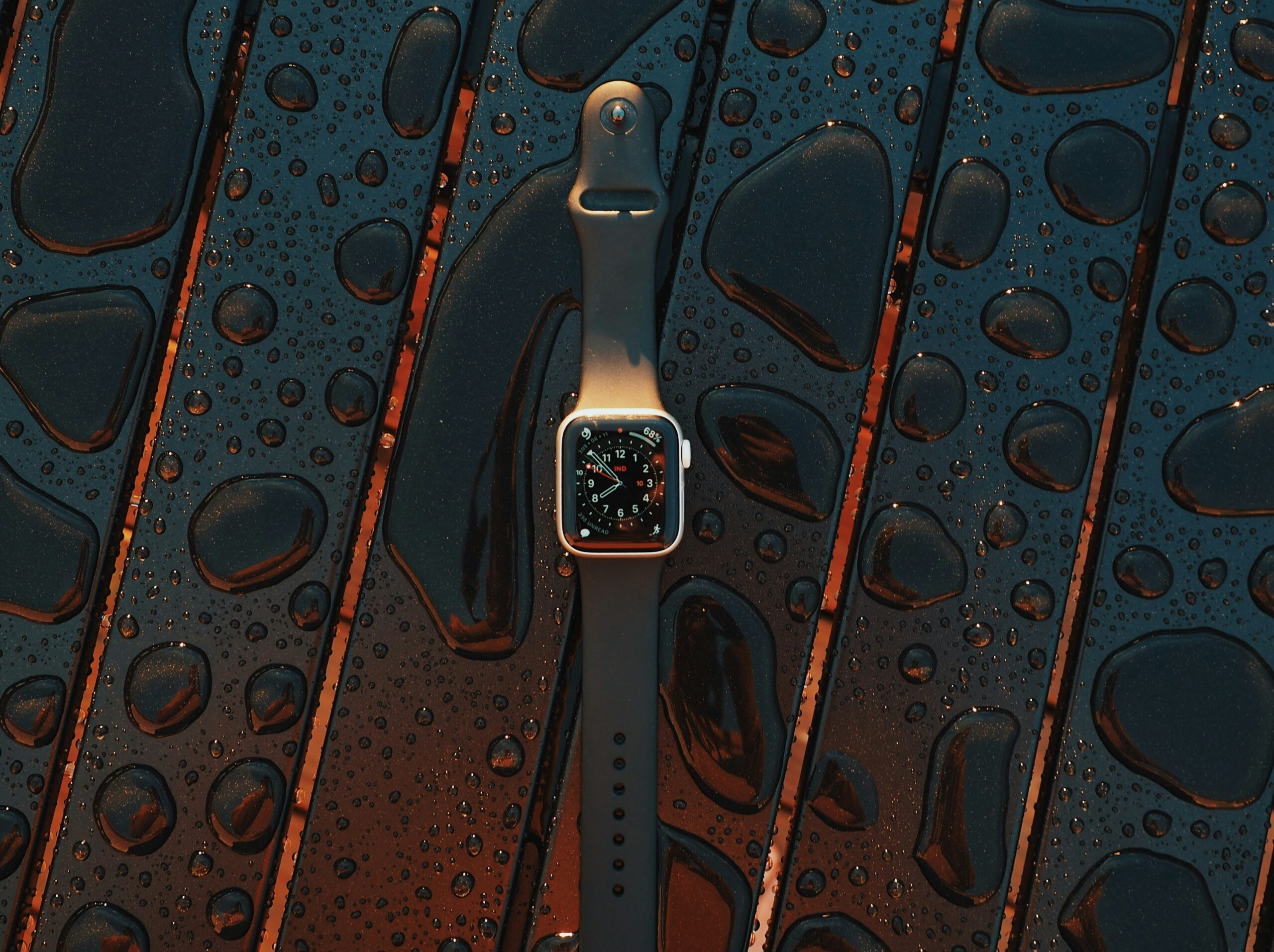Ever found yourself drowning in spreadsheets while trying to make sense of your wellness research data? Yeah, we’ve all been there. Spoiler alert: there’s a better way. If you’re tired of juggling endless files or missing insights because your tools are as clunky as an old dial-up modem, it’s time for a change.
In this post, we’ll explore how the right research analytics app can revolutionize not only your productivity but also your well-being by streamlining complex processes so you can focus on what matters—your health journey. You’ll learn:
- Why traditional methods fail (and why apps win)
- How to choose the best research analytics app for your needs
- Tips from experts who’ve mastered the art of efficient analysis
- Real-world examples of people crushing their goals with these tools
Table of Contents
- Key Takeaways
- Why Traditional Research Tools Are Letting Us Down
- How to Choose the Best Research Analytics App
- Tips for Maximizing Your Research Workflow
- Success Stories: Real People, Real Results
- FAQs About Research Analytics Apps
- Conclusion
Key Takeaways
- A good research analytics app saves time, reduces stress, and provides actionable insights.
- You need to prioritize user-friendly interfaces when choosing an app.
- Automation and AI-driven features are game-changers for simplifying complex tasks.
- Poorly designed tools lead to frustration; don’t settle for mediocrity!
Why Traditional Research Tools Are Letting Us Down
Let me paint you a picture. Last year, I spent weeks compiling survey responses for a project about workplace wellness. My desk looked like a tornado hit it—sticky notes everywhere, PDF printouts scattered across my keyboard, and Excel sheets open faster than Chrome tabs during finals week. The result? A migraine that lasted three days and zero clarity.
“Optimist Me”: *Maybe if I just work harder, longer, I’ll get through this.*
“Grumpy Me”: *Hard pass. There has got to be something out there that doesn’t feel like wrestling an octopus.*
And guess what? There is! But first, let’s talk about why traditional tools aren’t cutting it anymore:
- No integration between platforms = endless copy-pasting.
- Lack of automation means more manual labor (ugh).
- Data visualization? Barely exists unless you’re coding in Python at 2 AM.

How to Choose the Best Research Analytics App
Finding the perfect research analytics app may sound daunting, but trust me—it’s easier than tracking macros after Taco Tuesday. Here’s your step-by-step plan:
Step 1: Assess Your Needs
Ask yourself:
- What type of research am I conducting?
- Do I need real-time collaboration?
- Is mobile access critical for my workflow?
Step 2: Evaluate Features
Prioritize apps that offer:
- AI-driven insights for pattern recognition.
- Customizable dashboards for easy tracking.
- Cloud storage for seamless access anywhere.

Step 3: Try Before You Buy
Most reputable apps offer free trials. Test them rigorously before committing. Pro tip: Look for hidden fees—they’re sneakier than glitter glue on prom night.
Tips for Maximizing Your Research Workflow
Now that you know how to pick the right tool, here are some insider tips:
- Automate Repeat Tasks: Stop wasting hours on repetitive chores. Use built-in scheduling tools.
- Collaborate Efficiently: Share reports instantly instead of emailing giant attachments.
- Visualize Data Better: Swap bar charts for interactive heatmaps. It’s chef’s kiss for presentations.
Terrible Tip Alert: Don’t try to DIY every feature using Google Sheets or Notion hacks. Trust me, it sounds great until your entire system crashes mid-presentation. Been there, deleted the spreadsheet.
Rant Corner:
Why do some apps still insist on charging per-user pricing models? Like… come on. We’re living in 2024, people. Flat-rate subscriptions are where it’s at. End rant.
Success Stories: Real People, Real Results
Meet Sarah, a nutrition researcher who switched to a top-tier research analytics app. In six months, she reduced her report generation time by 75% AND started yoga again because she had actual free time. Talk about a win-win.

FAQs About Research Analytics Apps
Q: Do I really need a “fancy” app for basic research?
A: No, but wouldn’t you prefer simplicity over chaos?
Q: How much should I expect to spend?
A: Depending on functionality, prices range from $10-$100/month. Worth it? Absolutely.
Q: Can beginners use advanced tools effectively?
A: Yes! Most apps today have intuitive UI/UX designs tailored for non-techies.
Conclusion
Gone are the days of drowning in disorganized data or losing sleep over missed deadlines. With the right research analytics app, you can take control of your workflow, boost productivity, and reclaim space for self-care. Remember—the goal isn’t just efficiency; it’s sustainability.
So, go ahead—invest in your future self. And hey, maybe reward yourself with a matcha latte afterward. After all, balance is key.
Like pixels aligning,
Your dreams become clearer.
Data shines bright now.


